Condev chaos as paid subbies set to lose out after big Gold Coast builder went into liquidation
In the upside-down world of the building industry it seems it’s always the little guy who pays the biggest price – and they’re set to lose out again, writes Ann Wason Moore.
Gold Coast
Don't miss out on the headlines from Gold Coast. Followed categories will be added to My News.
The destruction of our construction industry continues.
When Gold Coast building giant Condev Construction imploded four months ago, triggering the collapse of local developments like the sold-out $140m Palm Beach tower Alegria and continuing the chain reaction of industry collapses, there was one silver lining.
SEE THE FULL LIST OF CONDEV CREDITORS HERE
Speaking to the media while unsuccessfully pleading for developers to come to its rescue, Condev co-founder Tracy Marais insisted all subcontractors, suppliers and staff had been paid to date.

And while liquidators have since revealed that Condev’s debts to subcontractors, staff and other creditors total more than $56m, sharply higher than what was initially disclosed in the director’s report, the truth is worse is yet to come.
Because in the upside-down world of the building industry, it always seems it’s the little guy who pays the biggest price.
Indeed, Master Builders Gold Coast regional manager Adam Profke says those subbies, whom Condev so proudly paid, shouldn’t count their cash just yet.
If liquidators Worrells determine that Condev was trading insolvent, as they have previously indicated, then any payments made to unsecured creditors (subcontractors and suppliers) can be recouped and given to secured creditors (Westpac and the Australian Taxation Office).
“It’s legal … but is it ethical?” Mr Profke asks.
“The liquidator’s job is to get money for secured creditors, but that’s what’s really going to hurt the subbies.
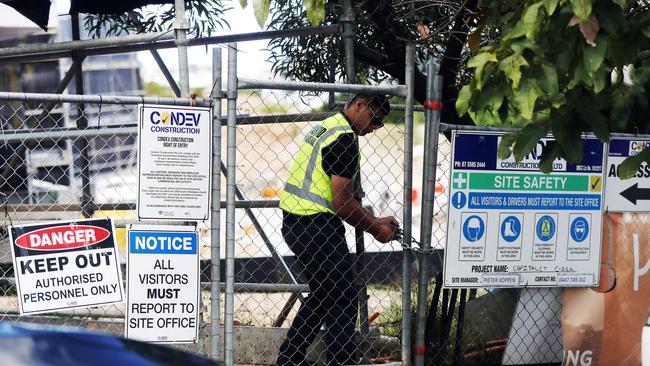
“It’s all about whether or not Condev were trading insolvent. If they were, and knowing they owe Westpac $6m, they can recoup that money already paid to subbies and suppliers – the unsecured creditors – and hand it to secured creditors.
“As awful as the Condev collapse was, most people were paid what they were owed until the time of administration. That may be about to change.”
But it’s not just the subbies who are literally paying the price, even the construction companies themselves are being penalised with the overwhelming burden of risk.
While it’s true that Condev left itself far too small a margin to cope with the fluctuating variables of supply costs, material and labour shortages, the way the industry is set up places builders in an almost no-win situation.
When a developer seeks tenders for a project, any builder that allows themselves a workable margin knows they most likely won’t win the bid.
Which means the builder who does win the bid will most likely ultimately lose money on the project.
As Tracey Marais said, it’s a profitless boom.
If developers expect builders to take on the bulk of the risk in a project, they need to allow them to at least make a profit – which may well mean shaving off some of their own if banks are to approve their loan.
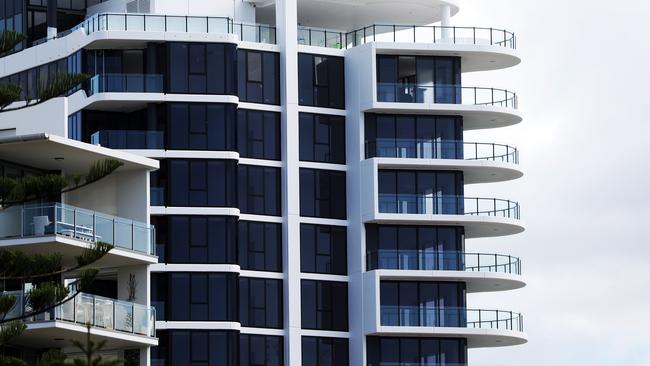
And as much as we may not like it, residential customers need to make allowances as well.
While builders like Stroud Homes and Oracle Homes were, not surprisingly, blasted after demanding customers pony up tens of thousands of dollars in price rises due to “industry difficulties and extreme price rises”, what else were they meant to do?
Absorb the costs, go broke and customers lose their deposit? Or pass the costs on to customers and at least finish the project?
Neither is a great outcome, particularly given Stroud customers signed contracts with a “100 per cent fixed price” guarantee.
Clearly it’s time to try to fix this broken system before more lives are destroyed within the construction industry.
Something has to give – but we have to make sure it’s not always the little guy.
When it comes to the role of liquidators and payments to secured and unsecured creditors, rules are rules. But there is always the possibility to rewrite them.
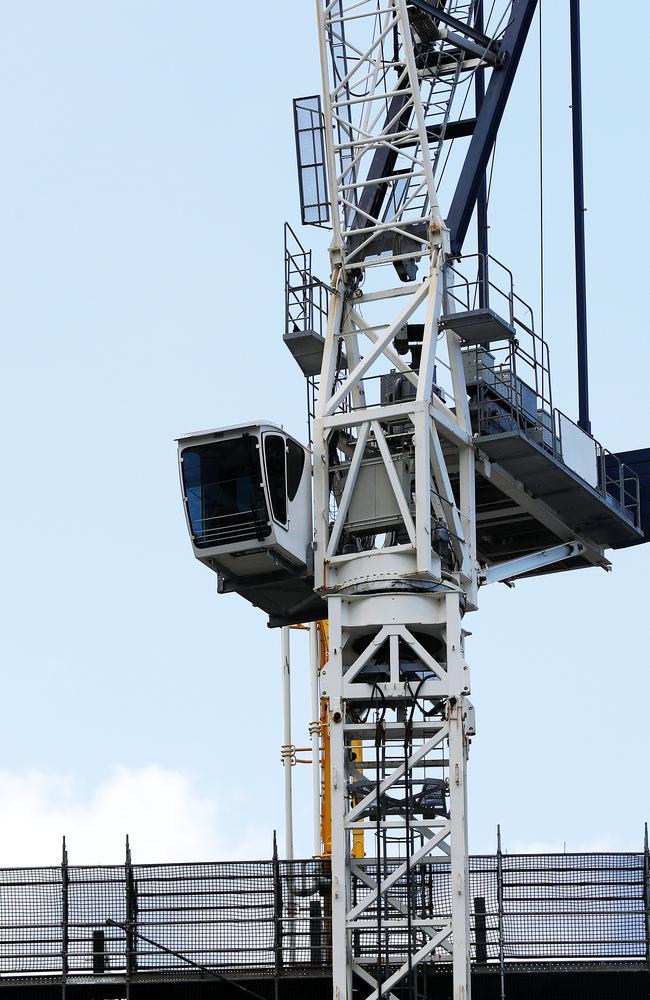
More immediately, in this time of spiralling costs and uncertain variables, perhaps it’s time to put an end to fixed price contracts.
Builders can provide quotes with allowances for supplies and services, with customers to pay extra if costs spiral, or builders refunding the difference if savings are made.
And the same goes for contracts with developers. Our builders and subbies need breathing space – and that space needs to be found in the margins.
We simply can not allow builders to continue promising something they can’t deliver.
It’s just one way to save the construction industry from further destruction.
JULY 7: Secret death toll of Coast construction industry
These are the deaths we don’t hear about.
While the collapse of Gold Coast builders like Condev and Pivotal make headline news, many more are slipping under with barely a ripple.
“I get so many distressed calls, it’s heartbreaking,” says Master Builders Gold Coast regional manager Adam Profke.
“Just recently I had a builder who called me and said ‘I don’t know what to do, I’ve got two jobs and I’ve just lost $300,000 on each one’.

“He had nothing left to sell – the cars were gone, the jet ski, he didn’t have any equity in his house left. So he had to go into administration.
“The sad thing is that his story isn’t even remarkable.”
But even Mr Profke doesn’t know just how dire the situation is within the city’s building industry.
All that he can definitively say is that a number of memberships have been cancelled or not renewed.
“We only ever hear about the big ones like Condev, but they are just the tip of the iceberg. The ‘mum and dad’ builders are also struggling.
“All I know is that builders are opting out of their QMBA memberships. That could be because they’ve gone under or they’ve retired or they’re changing industries. All of that is happening.
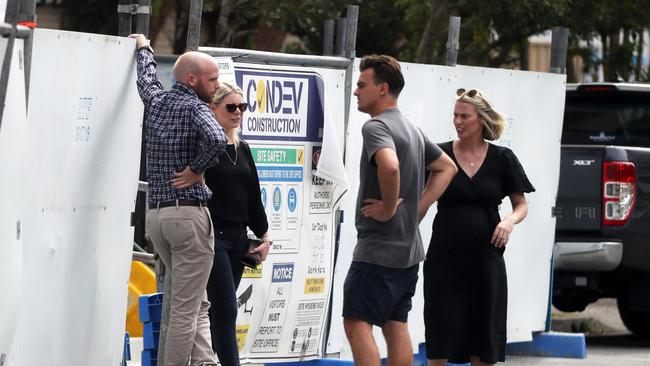
“A lot of the older guys are just packing it in now, it’s too tough. For the younger guys, it’s just a daily battle.”
This collective construction collapse is something of an economic enigma.
After all, demand is as strong as ever – even with the rise in interest rates, there’s plenty of work when it comes to building up the Gold Coast.
And while the cost of supplies has spiralled, surely that’s taken into consideration when builders price their contracts. Right?
Well, only to a point.
There are two primary problems with this equation. The first is that supply costs keep soaring far beyond anyone’s expectations.
Indeed, Mr Profke says a few years ago the going rate for a residential build was around $1000 to $1200 per square metre … now it’s $2000 to $2500.
Supply costs are increasing so quickly that anything priced more than three months out from actual construction is basically begging for a budget blow-out.
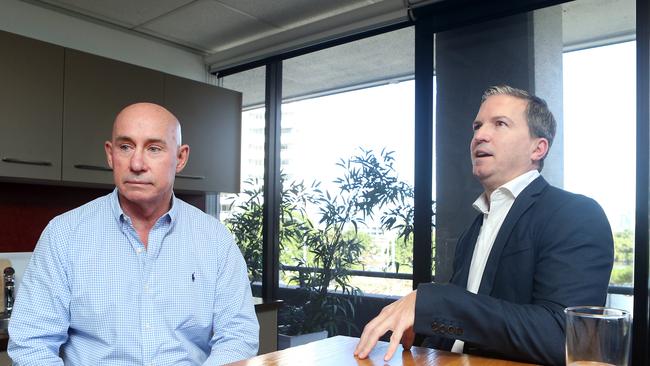
But even if builders could predict precisely what their costs will be, the second part of this problem comes into play: builders are the meat in the sandwich … and are being squeezed to smithereens.
Between buyers unwilling or unable to pay what they consider to be over the odds and developers who must present an amount acceptable for approval by the banks - not to mention leaving room for their own profits – it’s the builders who are left scraping away at their already minimal margins.
It’s a particular problem when it comes to large-scale constructions, where the time between quote and build can blow out even faster than the budget.
“If development approvals get held up at the council, the builder is still locked in to that quoted price even as supply costs continue to increase.
“Developers can try to cater to that increased cost by passing it on to the purchasers, but we’re at the point where buyers just won’t pay any more … and the market is softening now too.
“In many projects the builder is working with a profit margin of just two to four per cent – and that can be stripped away in no time between supply price increases, costs during the warranty period and post-construction costs.
“Meanwhile, developers can expect a 10-15 per cent profit margin, so there is that inequity. But if builders raise their prices, there’s a good chance the project will never get out of the ground because the banks won’t lend that amount.
“Even on smaller builds, builders are getting caught trying to deliver the best price. They might win the job but then they actually lose money. It’s a vicious circle and builders are caught in the middle.”
Mr Profke says while he believes in the future of the construction industry, there is no silver bullet to cure its current problems.
He says the best builders can do right now is to slow down and employ a laser focus to their quotes.
“We’ve had some pretty blunt conversations lately … you know, why would you want to become a builder in this market?
“In this current environment it’s a miracle we can get anything out of the ground. Something has to give, it’s unsustainable.
“It’s an ongoing battle that we are all trying to ride out. Many will make it, but they’ll be doing it tough. And some, of course, won’t make it.”





